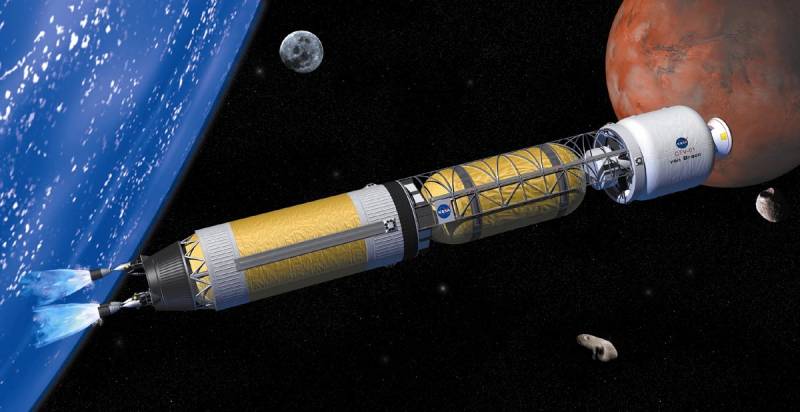In their ambitious goals for space exploration, the US government-run Defense Advanced Research Projects Agency (DARPA) and the American space agency Nasa have declared a significant advancement.
Lockheed Martin has been chosen by the two organizations to develop, construct, and test a nuclear-powered rocket. By 2027, the Demonstration Rocket for Agile Cislunar Operations (DRACO), a ground-breaking initiative, will test the rocket in orbit.
A tremendous advancement in propulsion technology, the DRACO program has the potential to completely change space travel.
A crewed journey to Mars might be completed far more quickly and with less risk to the astronauts if nuclear propulsion is used.
Compared to ordinary chemical rockets, nuclear-powered rockets are more than twice as efficient, use a lot less propellant, and can carry more scientific apparatus.
The spacecraft will be created, assembled, and tested by Lockheed Martin. The Lynchburg, Virginia-based BWX Technologies company will be in charge of designing and constructing the nuclear fission reactor that will power the engine.
The DRACO engine, which runs on nuclear power, will be managed and carried out under the general supervision of NASA’s Space Technology Mission Directorate (STMD).
The significance of earlier investments in the commercial sector for nuclear propulsion technology was emphasized by Dr. Prasun Desai, acting associate administrator for STMD at NASA Headquarters in Washington. He said, “Now, those investments are coming full circle as we work with these same companies to build the first nuclear-powered rocket to fly in space.”
In addition to the DRACO program, NASA is working with the Department of Energy and business on further projects using space nuclear technology. Included in them are the Fission Surface Power project and a different initiative to investigate potential designs for upcoming nuclear thermal spacecraft.
Up to $250 million of the $300 million that NASA has committed to the DRACO cooperation will go into the design and development of the nuclear-powered engine. The agency staff’s technical oversight and knowledge are also covered by this investment.
Topics #Mars #NASA #Nuclear #space #US #USA










